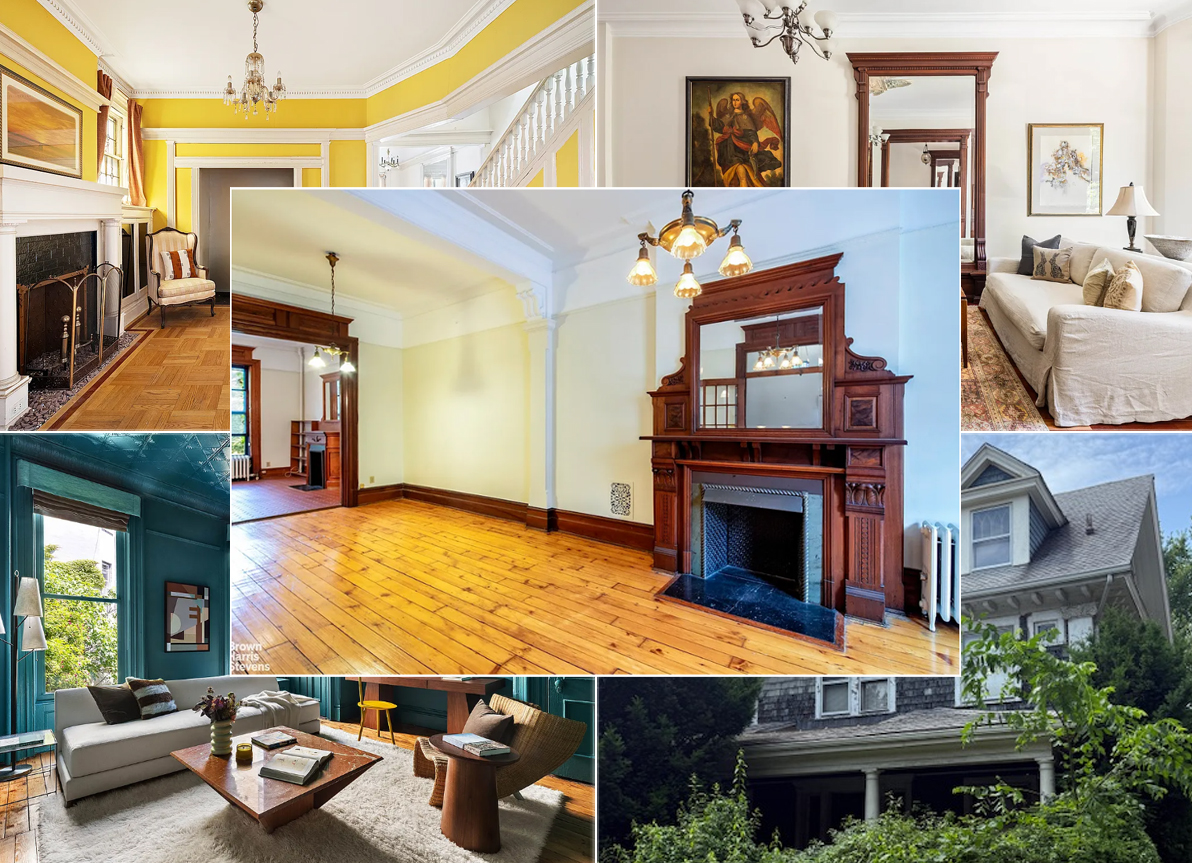Past and Present: The Pierrepont Mansion
A Look at Brooklyn, then and now. The Pierrepont’s were arguably the most important family in Brooklyn Heights in the 19th century. The family was from New England originally, and James Pierrepont, the patriarch of the family was a minister. He was actually one of the three ministers who founded Yale College in 1700. His…

A Look at Brooklyn, then and now.
The Pierrepont’s were arguably the most important family in Brooklyn Heights in the 19th century. The family was from New England originally, and James Pierrepont, the patriarch of the family was a minister. He was actually one of the three ministers who founded Yale College in 1700. His descendants were successful and wealthy financiers and landowners. The first Pierrepont to live in Brooklyn was Hezekiah Pierrepont, who came here in 1804. His second son was Henry Evelyn Pierrepont, the most well-known member of the family, who was extremely dedicated to Brooklyn, and as a city planner was responsible for the creation of
Green-Wood Cemetery, as well as the layout of streets and public spaces. It was he who built up the retaining wall that held up the Heights, separating it from the waterfront area below, long before the creation of the BQE and the Promenade.
Henry Pierrepont had his house built atop this embankment, near the intersection of two streets that bear his name. The large and grand mansion at One Pierrepont Place was designed by Richard Upjohn, one of Brooklyn’s finest architects, who is best known for his Heights churches, such as the Church of the Pilgrims and Grace Church. The house stood proudly until 1946, when it was demolished for the children’s playground, part of Robert Moses’ plan to reshape Brooklyn Heights. The house was lost to the playground as a compromise to assure the preservation of the rest of the houses on that block, and to create the Esplanade above the BQE. Robert Moses loved playgrounds.







That’s interesting- the man who cries density density density chooses to live in a low density area. I wonder what his explanation is for that? because it seems he must not truly believe what he himself wrote and would like to see imposed on the rest of us. Kind of undercuts the argument, wouldn’t you say? Thanks for posting the article.
there are certain posters I do not respond to, rob is one of them, benson is another.
The “Cronoscaos” exhibit at the New Museum was the biggest waste of twelve dollars since my purchase of a Nehru shirt in 1976.
thank you.
and notice that I refrained from writing “that idiot Rem Koolhaas”
That’s ok- you just did it now. I’ll admire you forever 🙂
I am in a cranky and contrarian mood today so be warned. Moses plowed his damn expressway through a portion of the Heights and many historic houses were demolished including the one where the Roeblings lived and supervised the construction of the bridge. That was a Stalin-like act. No excuses. He also could have placed the expressway in a tunnel but he did not want to hide his baby from view. And the Brooklyn Heights gentry had little to do with any of it. He did not plow through Hicks Street because the Eminent Domain costs would have been too expensive. Period. Not because of the saber-rattling of the folks on Willow Street.
That mess and the ensuing Cadman Plaza Civic Center Urban redevelopment project -the largest in the country, which tore down hundreds of buildings including Walt Whitman’s house and office, not only re-invented the Civic Center and the edge of Downtown Brooklyn, it started something called the brownstone movement and the idea of historic district designation, something which was very distant from the thoughts of the city fathers who first passed the Landmarks statute. Moses, as much as Penn Station, was responsible for the birth of the preservation movement which one either values or hates depending on whether one admires Jane Jacobs or Rem Koolhaas.
it’s not just about cars barfwell, its about ground transportation. That includes the trucks that deliver your sushi and organic escarole as well as those that remove trash and those that transport people to the trauma center eight miles away, etc etc.
Still, minard- I would have loved to see it in its heyday
The truth is that the house was a dour old thing. Upjohn had his good days and bad and the playground is one on of the most spectacular in the city thanks to the view.
Moses disliked the Heights and its residents. He would have felt right at home here on Brownstoner.